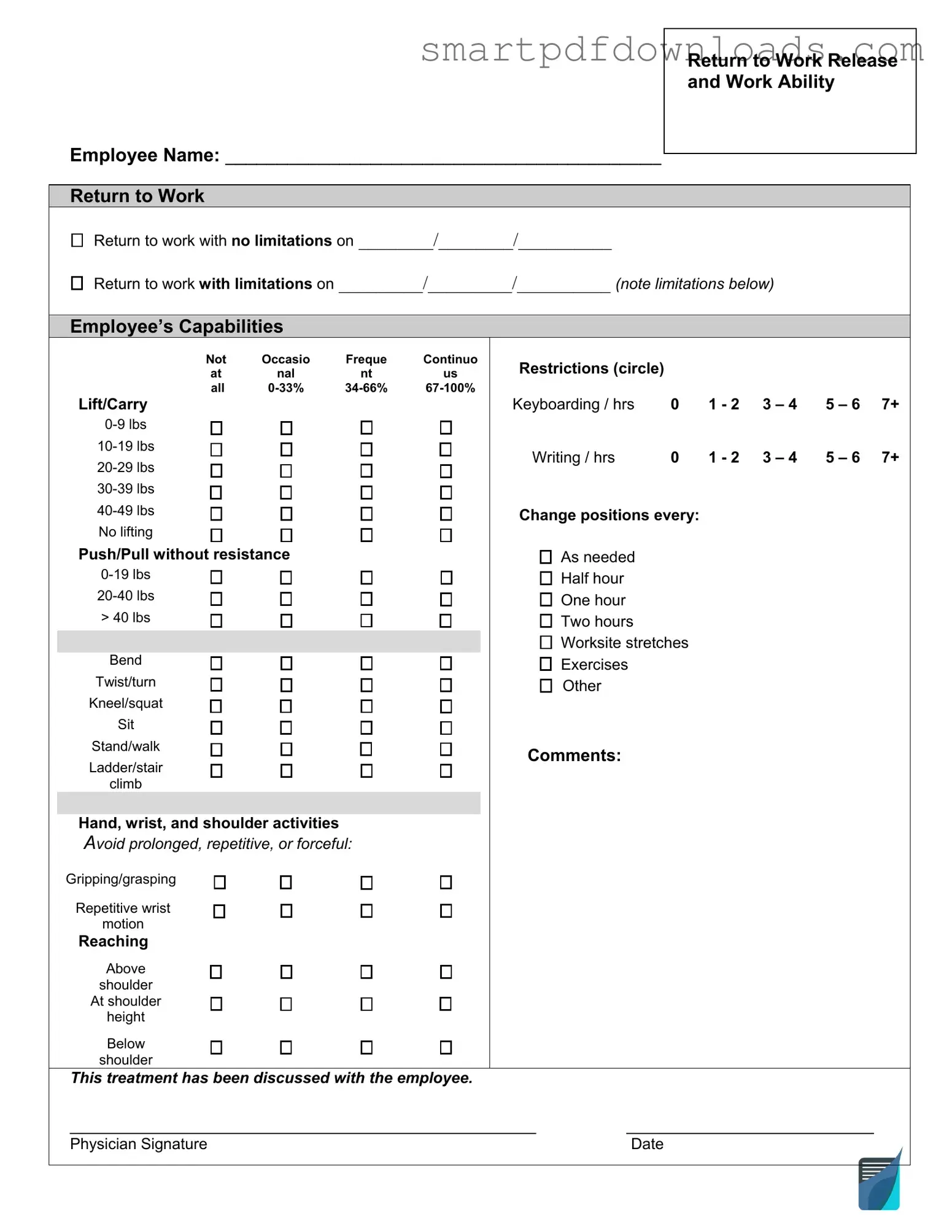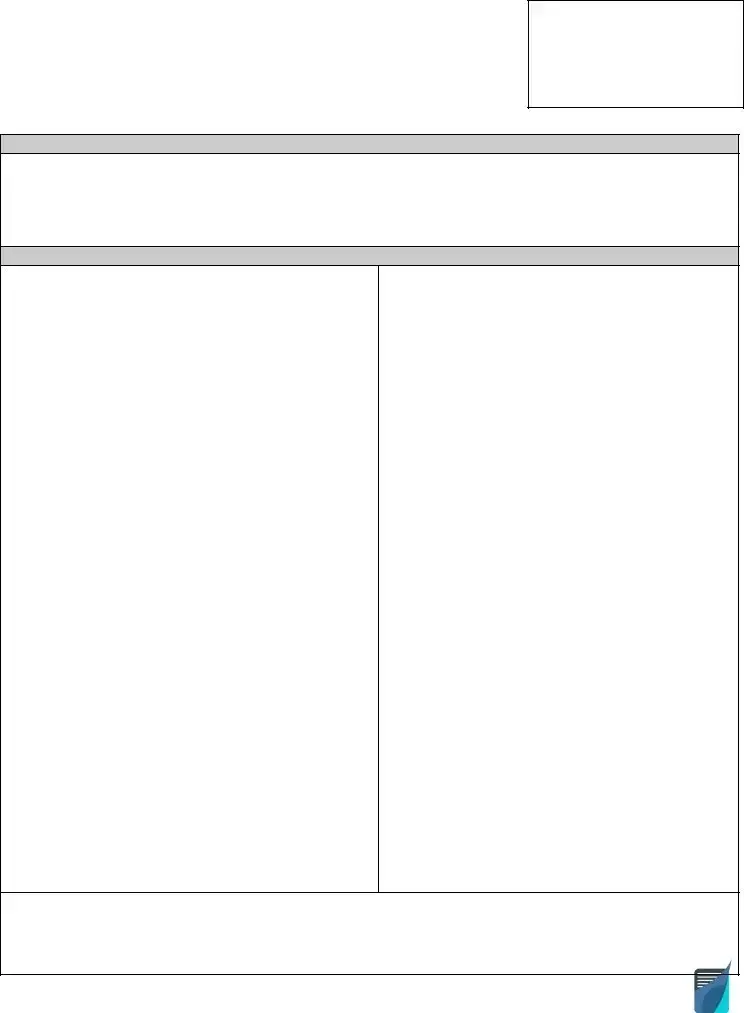Work Release Form
The Work Release form is a legal document that allows individuals to leave a correctional facility for work-related purposes. This form is essential for those seeking to maintain employment while serving their sentence. By obtaining a Work Release, individuals can contribute to society and support themselves and their families during their time of incarceration.
Edit Work Release Online

